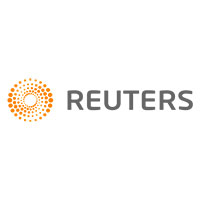Pseudo-Prada bags, sham Apple stores, even artificial eggs – China’s ability to generate fake versions of familiar items is legendary. Around three-quarters of knock-off goods seized by U.S. and European customs come from the People’s Republic. The government has been talking a good game, including what looks like a new focus on fake goods sold via the country’s biggest e-commerce company, Alibaba. The trouble is that incentives aren’t straightforward. While copying hurts innovation and trust, a counterfeit-free China wouldn’t be good for everyone.
Fakes have plagued China since at least the third century AD, when forged chapters were surreptitiously added to the ancient “Book of Documents”. E-commerce has added a new dimension, and a kind of solution. Previously, tracking down fake products meant infiltrating a sprawling local supply chain. Taobao, Alibaba’s e-Bay-like platform, has created a focal point: It attracts around 85 percent of China’s online shopping activity. A simple search for Jimmy Choo shoes immediately turns up hundreds of items costing less than $50 from suppliers all over China, even though the real thing typically costs more than ten times as much.
The case for curbing counterfeiting is straightforward. First, it would encourage native innovation: If consumers knew what they were getting was real, selling prices would be likely to rise, and wasteful consumption fall. Government pledges to cut red tape may now be giving bureaucrats a new reason to make themselves useful. Both the State Administration for Industry and Commmerce and China’s main product quality watchdog have published reports in the last month criticizing the fakes trade – and pointing fingers at Taobao.
Read Full Article HERE
